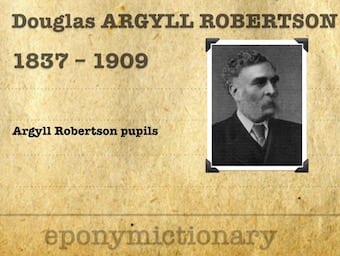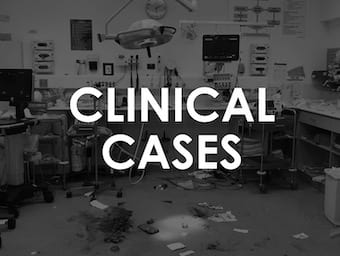
Kinnier Wilson
Samuel Alexander Kinnier Wilson (1878 – 1937) was an American-born British neurologist. Following his extensive work on hepatolenticular degeneration this condition is eponymously termed Wilson disease

Samuel Alexander Kinnier Wilson (1878 – 1937) was an American-born British neurologist. Following his extensive work on hepatolenticular degeneration this condition is eponymously termed Wilson disease

Lazar K. Lazarević (Лазаp К. Лазаревић) (1851 - 1891) was a Serbian psychiatrist, neurologist and writer

Col. Roy Glenwood Spurling (1894 – 1968) was an American neurosurgeon. Eponymously affiliated with Spurling manoeuvre or Spurling Test described in 1944 as a provocative test of the cervical spine in cervical radiculopathy

Frederick Roeck Thompson (1907–1983) was an American orthopedic surgeon. Developed a cemented vitallium prosthesis with a distinctive flared collar independent of Austin Moore.

Marius Nygaard Smith-Petersen (1886 – 1953) was a Norwegian born, American Orthopaedic surgeon. Smith-Petersen Vitallium mould arthroplasty (1948)

Robert Symon Garden (1910 - 1982) was a Scottish Orthopaedic surgeon. Garden classification of intracapsular femoral neck fractures

Martin Kirschner (1879-1942) was a German surgeon. Significant contribution to general surgery; orthopaedic surgery; traumatology; anaesthesiology and pain therapy

Auenbrugger Bone sign (more commonly known as Heuter sign) may be used to define the presence of upper limb fracture or dislocation via osteophony.

Douglas Moray Cooper Lamb Argyll Robertson (1837–1909) was a Scottish surgeon and ophthalmologist. Eponym: Argyll Robertson pupils

The Galeazzi test, sometimes called Allis sign or Skyline test, is used to assess for hip dislocation, specifically testing for developmental dysplasia of the hip.

Additional reading from Normal CXRs; Eric Strong Interpretation series; the DRABCDE approach; CXR for the OSCE and of course the Top 150 CXR to try your luck!

Keeping your patient oxygenated during rapid sequence intubation has never been easier - with Own the Oxygen